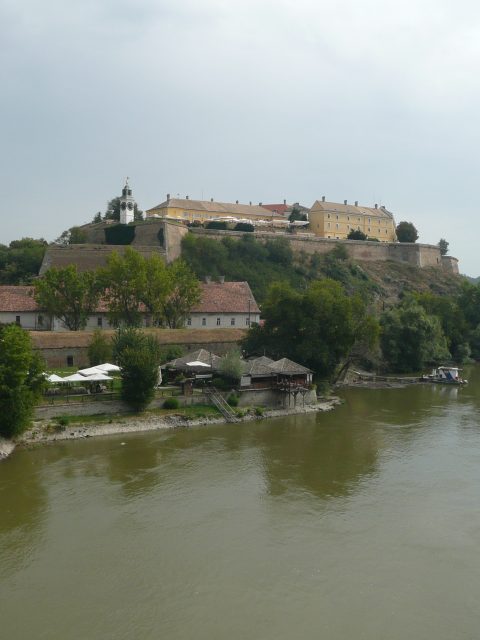THE BALKANS & THE AUSTRO-HUNGARIAN EMPIRE AROUND 1914

Novi Sad, Serbia
In the context of World War I the marginalization of the Serbian and thereby of the larger Balkan dimension already began during the July crisis itself. Serbia and its actions occupied a subordinate place. Furthermore the fact that Serbian-dominated Yugoslavia emerged as one of the victor states of the war seemed implicitly to vindicate the act of the murder of the Austro-Hungarian crown prince and his wife on 28 June 2014. In an era when the national idea was still full of promise, there was sympathy with south Slav nationalism and little affection for the ponderous multinational commonwealth of the Habsburg Empire. But our moral compass has shifted by now. The Yugoslav wars of the 1990s have reminded us of the lethality of Balkan nationalism. Since Srebrenica and the siege of Sarajevo, it has become harder to think of Serbia as the mere object or victim of great power politics and easier to conceive of Serbian nationalism as a historical force in its own right. From the perspective of today’s European Union we are inclined to look more sympathetically on the vanished imperial patchwork of Habsburg Austro-Hungary. Putting Sarajevo and the Balkans back at the centre of the outbreak of World War I does not mean demonizing the Balkans or their politicians. We need to understand the July crisis of 1914 as a complex event. Far from being inevitable this war was in fact inconceivable for most Europeans of the time, at least until it actually happened. So the conflict was not the consequence of a long-run deterioration, but of short-term shocks with the Balkans at the centre.
…


